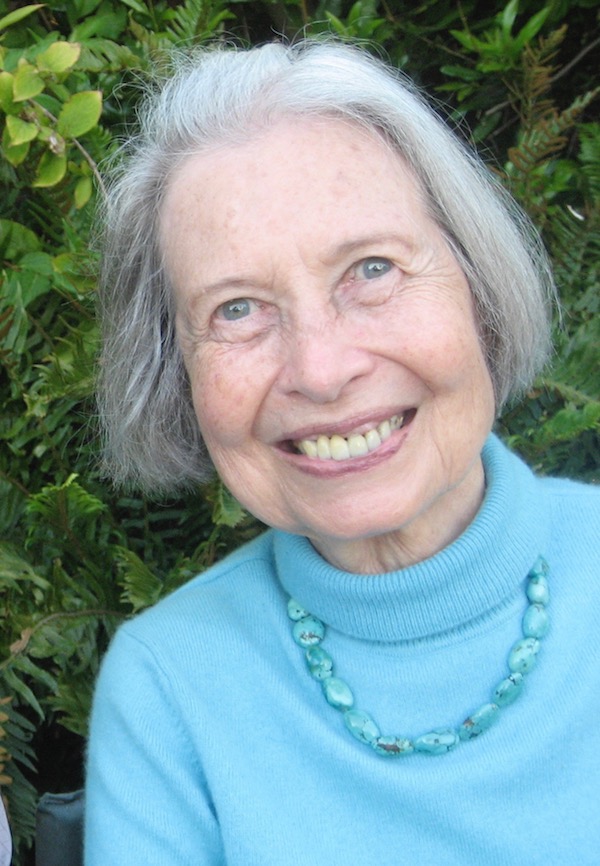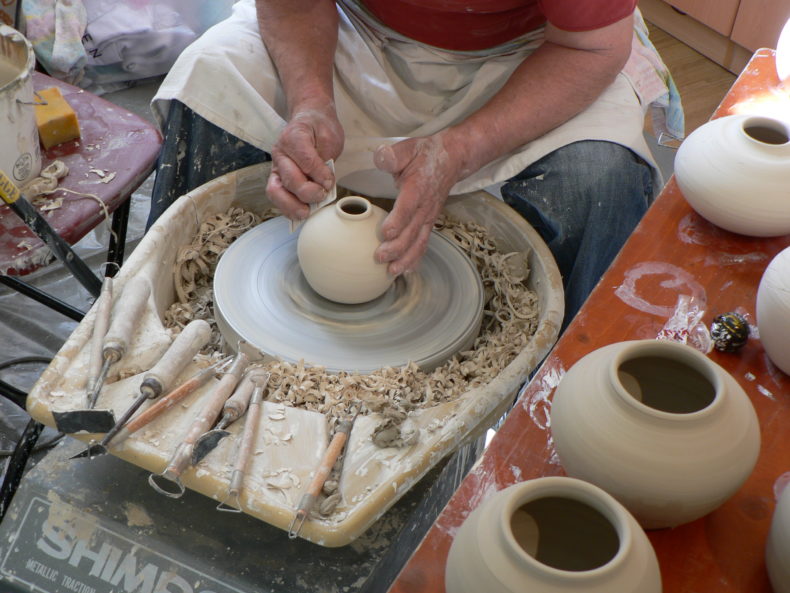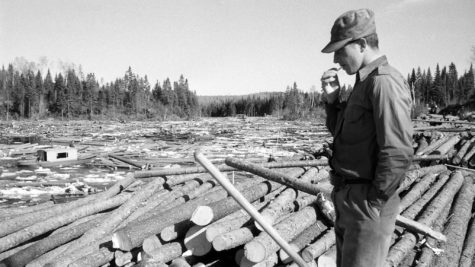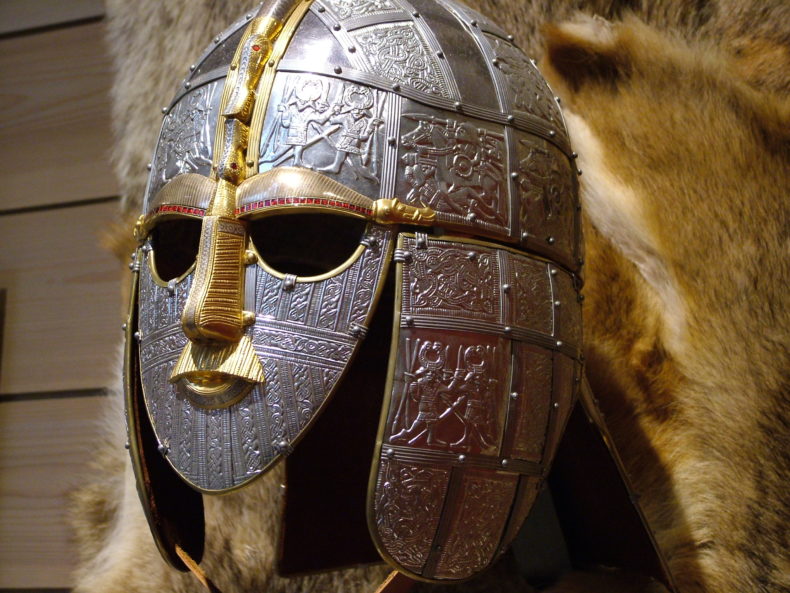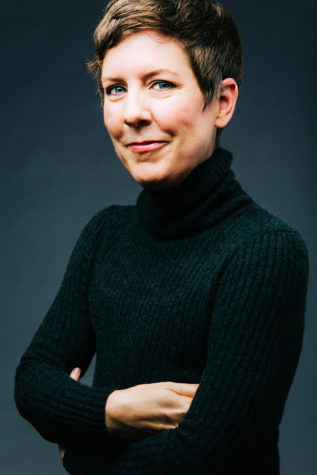 *
*
It’s October, which means pink ribbons everywhere you turn. These breast cancer awareness campaigns can be hopeful and empowering, but they can also be deceptive and unscientific and can mask the realities of what it means to live with cancer.
Catherine Guthrie’s new memoir, FLAT: Reclaiming My Body From Breast Cancer offers an honest, sober, yet ultimately uplifting look at her experience navigating breast cancer. FLAT is an antidote to the “implacably optimistic breast-cancer culture” Barbara Ehrenreich describes in her famous Harper’s piece, “Welcome to Cancerland.” Which probably sounds horribly depressing and sad, but it isn’t. FLAT is a tale of love and resilience. It’s also a story about how doctors and journalists get cancer wrong and how they could better listen to the people who are living it day by day.
I’ve known Catherine since the early 2000’s, when we were both writing for some of the same magazines. I invited her to LWON to talk about her book, which came out September 25th.
Christie: Let’s start with the ribbons. In your book, you have a character, a neighbor, who finds comfort in pink ribbons, and you treat her outlook with great respect. At the same time, you had a blog titled “Pink is Not My Color,” in which you wrote, “I am post-pink ribbon.” What did you mean by that?
Catherine: I love that you’ve known me long enough to notice that shift in my thinking! You’re right. When I was first diagnosed with breast cancer in 2009, I had a knee-jerk reaction to pink. I saw it as infantilizing. A sign of Western medicine’s paternalism. A warning that I was going to be seen as a gender, not a person. And, as readers of the book know, that’s exactly what happened. (#surprise!)
Early on, I called my breast cancer blog “Pink is Not My Color.” But I’ve let that name go, and while pink-washing, the commodification of breast cancer, still makes my blood boil, my feelings toward women who embrace the pink ribbon have softened.
What changed was that, during the course of my treatment, I befriended one of my neighbors. She was diagnosed with breast cancer a year before me, and she never met a pink ribbon she didn’t like. For her, it was a symbol of identity, community, and hope. In seeing her allegiance to the pink ribbon, I was reminded of a time in my life when I adopted a different symbol for a similar reason. Continue reading →
 I began my undergraduate studies in 1995. I completed them in 1999 and moved into a shared apartment overlooking the San Francisco Bay surrounded by a mix of native plants and xeriscaping. Since then, I have lived in South Africa, Santa Cruz, Mexico City, DC, and even spent a year on the road.
I began my undergraduate studies in 1995. I completed them in 1999 and moved into a shared apartment overlooking the San Francisco Bay surrounded by a mix of native plants and xeriscaping. Since then, I have lived in South Africa, Santa Cruz, Mexico City, DC, and even spent a year on the road.